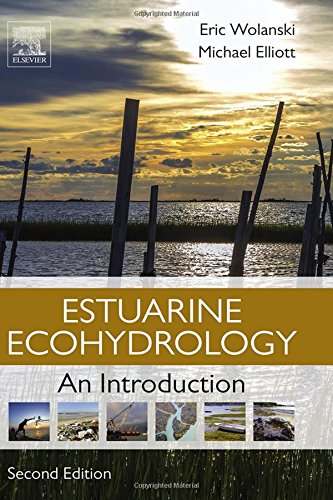

Most ebook files are in PDF format, so you can easily read them using various software such as Foxit Reader or directly on the Google Chrome browser.
Some ebook files are released by publishers in other formats such as .awz, .mobi, .epub, .fb2, etc. You may need to install specific software to read these formats on mobile/PC, such as Calibre.
Please read the tutorial at this link: https://ebookbell.com/faq
We offer FREE conversion to the popular formats you request; however, this may take some time. Therefore, right after payment, please email us, and we will try to provide the service as quickly as possible.
For some exceptional file formats or broken links (if any), please refrain from opening any disputes. Instead, email us first, and we will try to assist within a maximum of 6 hours.
EbookBell Team

4.8
64 reviewsEstuarine Ecohydrology, Second Edition, provides an ecohydrology viewpoint of an estuary as an ecosystem by focusing on its principal components, the river, the estuarine waters, the sediment, the nutrients, the wetlands, the oceanic influence, and the aquatic food web, as well as models of the health of an estuary ecosystem.
Estuaries, the intersection of freshwater and coastal ecosystems, exhibit complex physical and biological processes which must be understood in order to sustain and restore them when necessary.
This book demonstrates how, based on an understanding of the processes controlling estuarine ecosystem health, one can quantify its ability to cope with human stresses. The theories, models, and real-world solutions presented serve as a toolkit for designing a management plan for the ecologically sustainable development of estuaries.